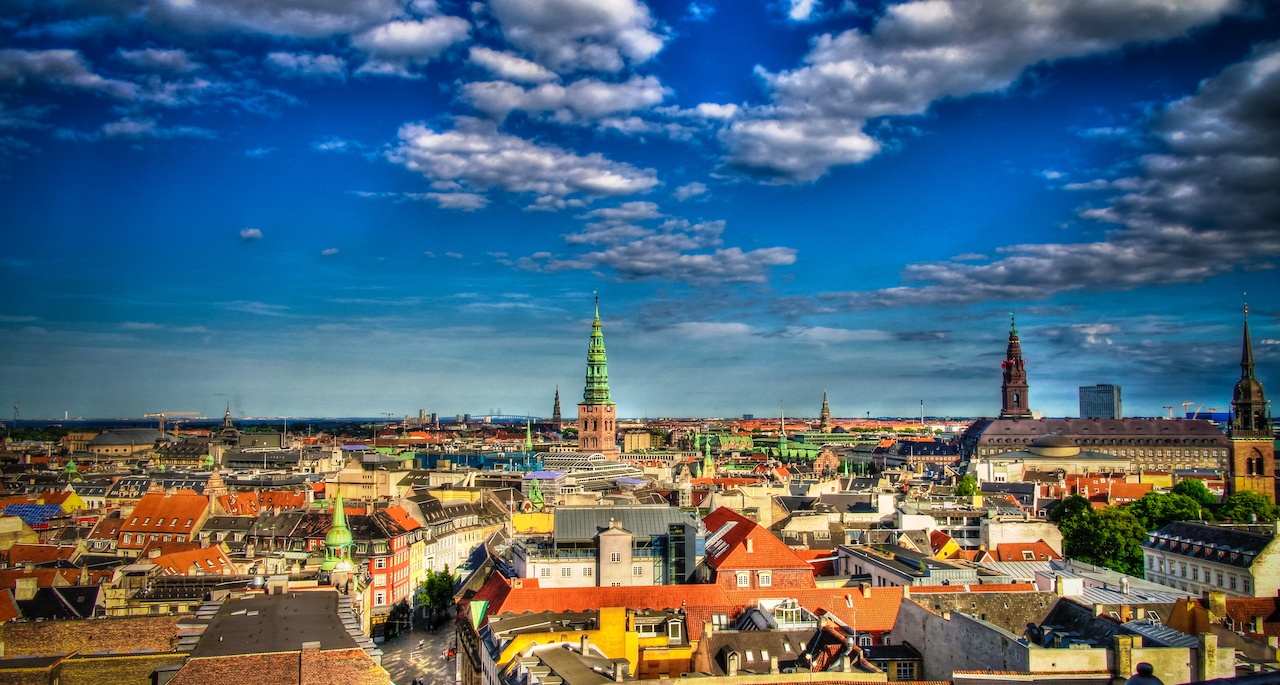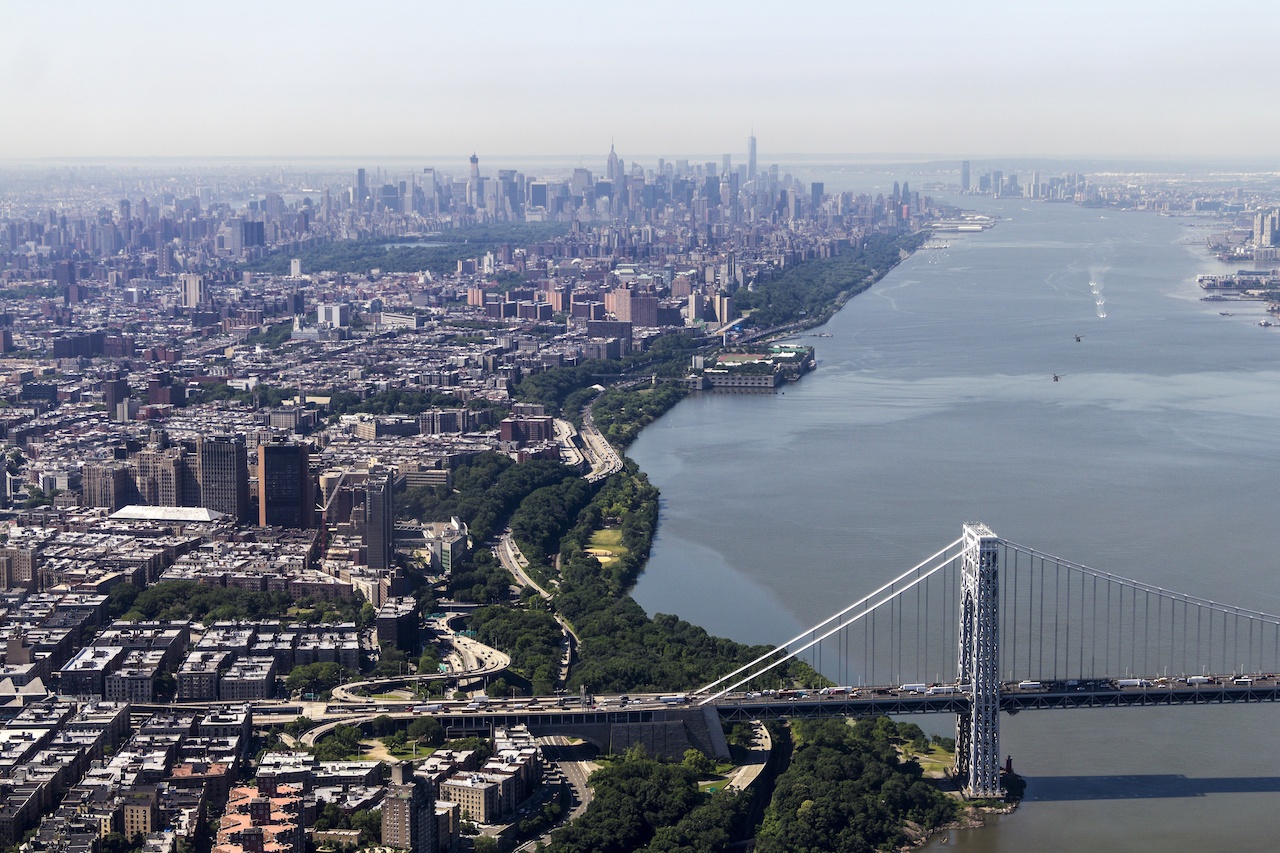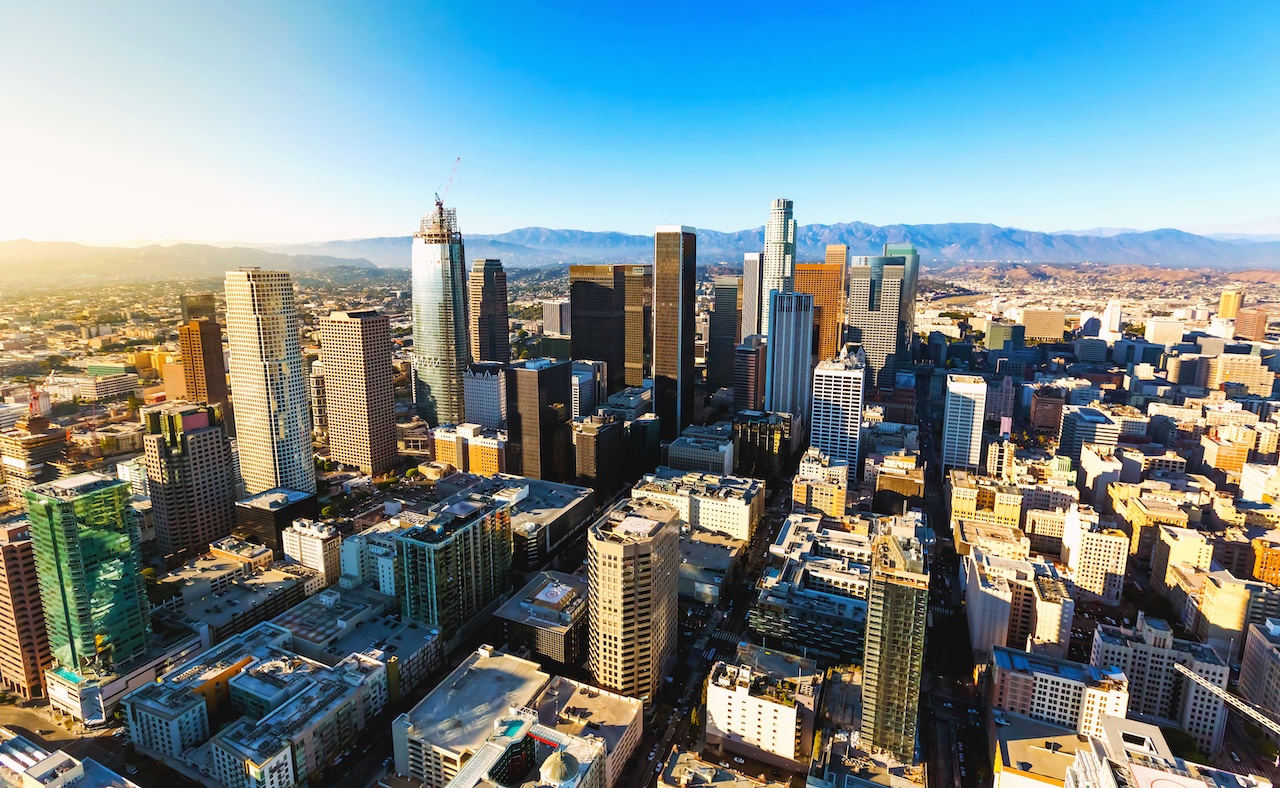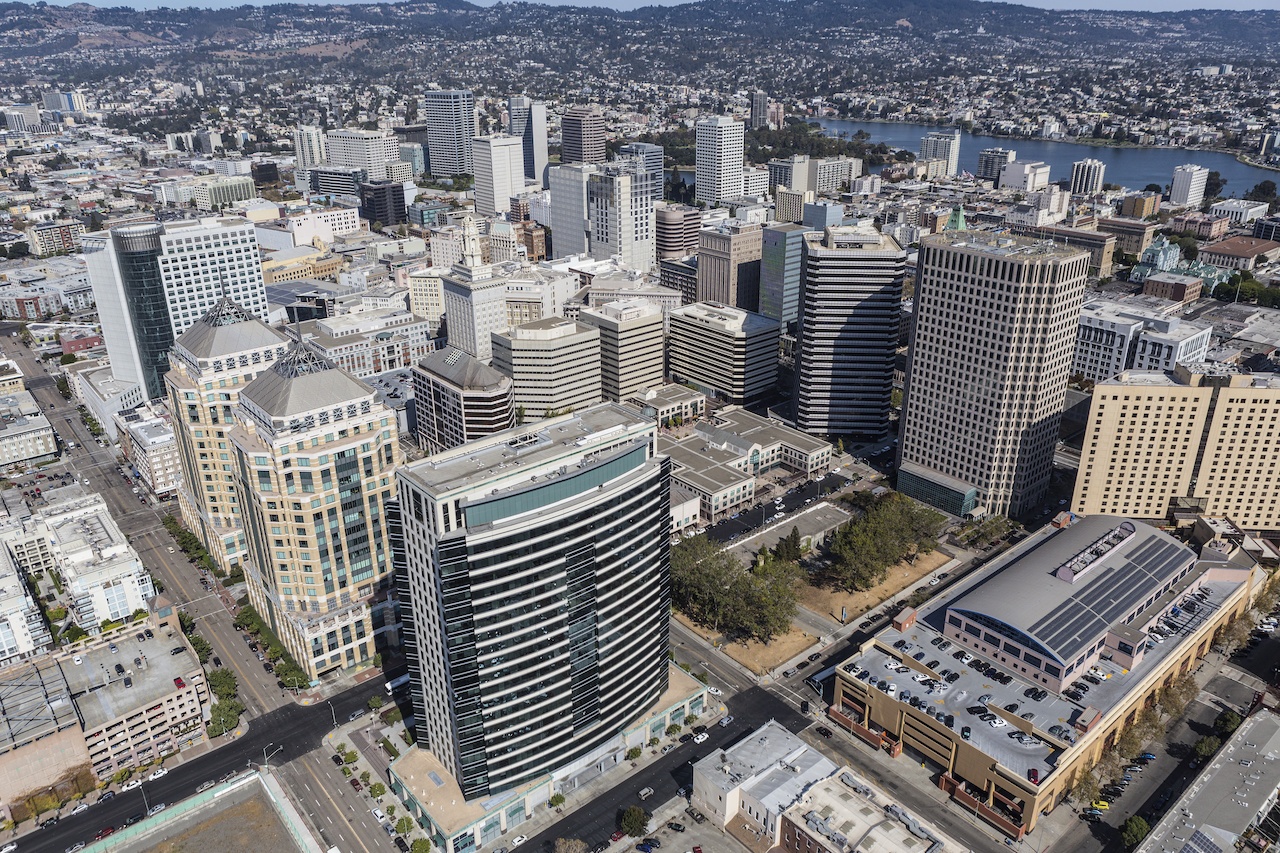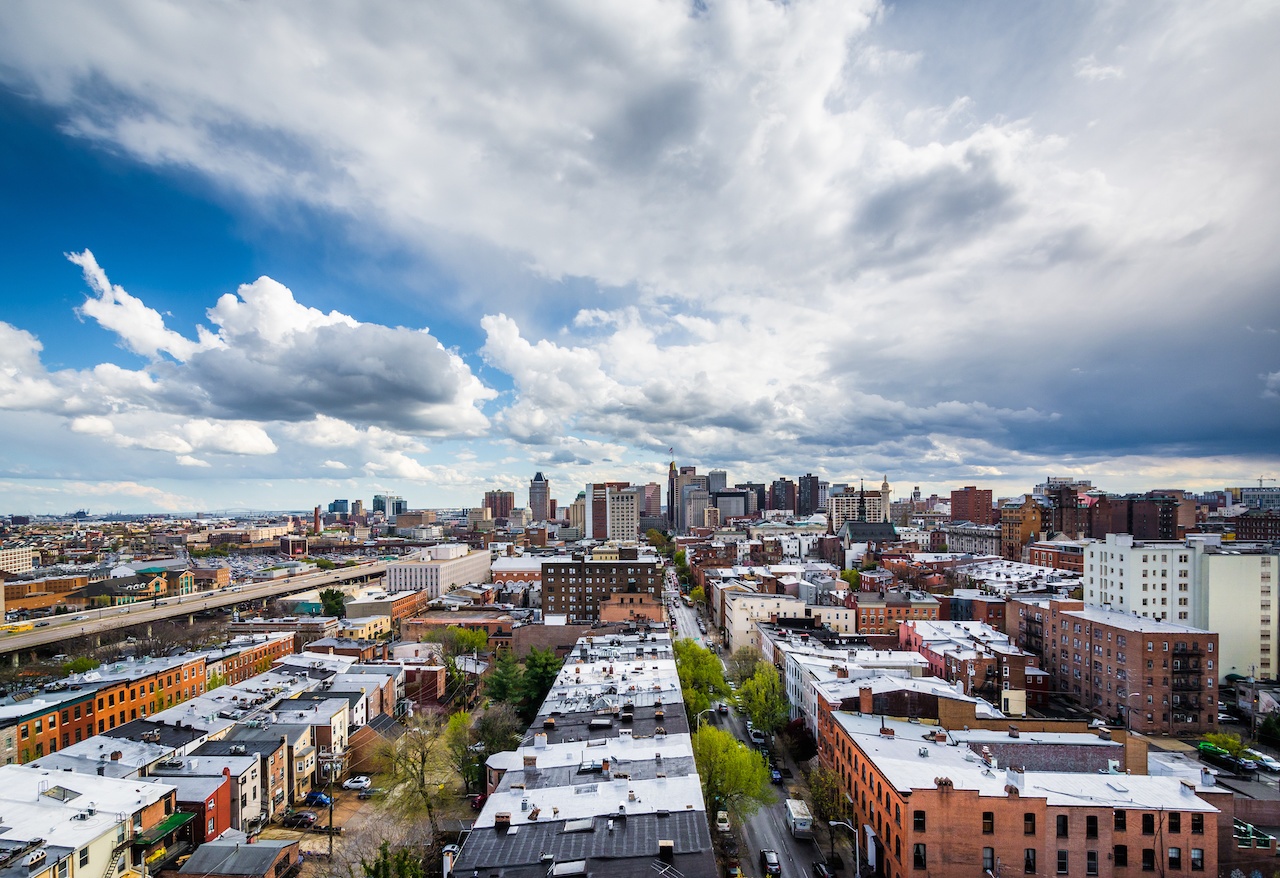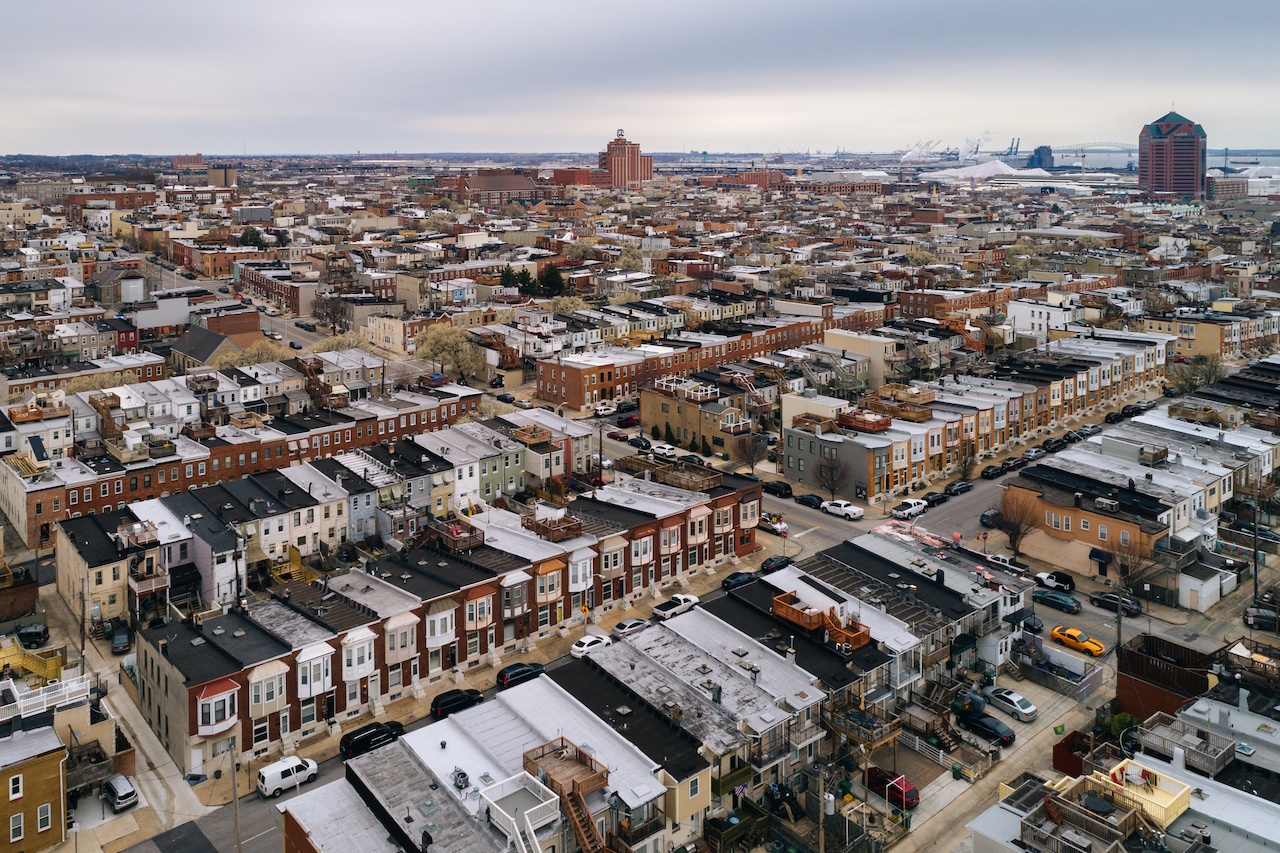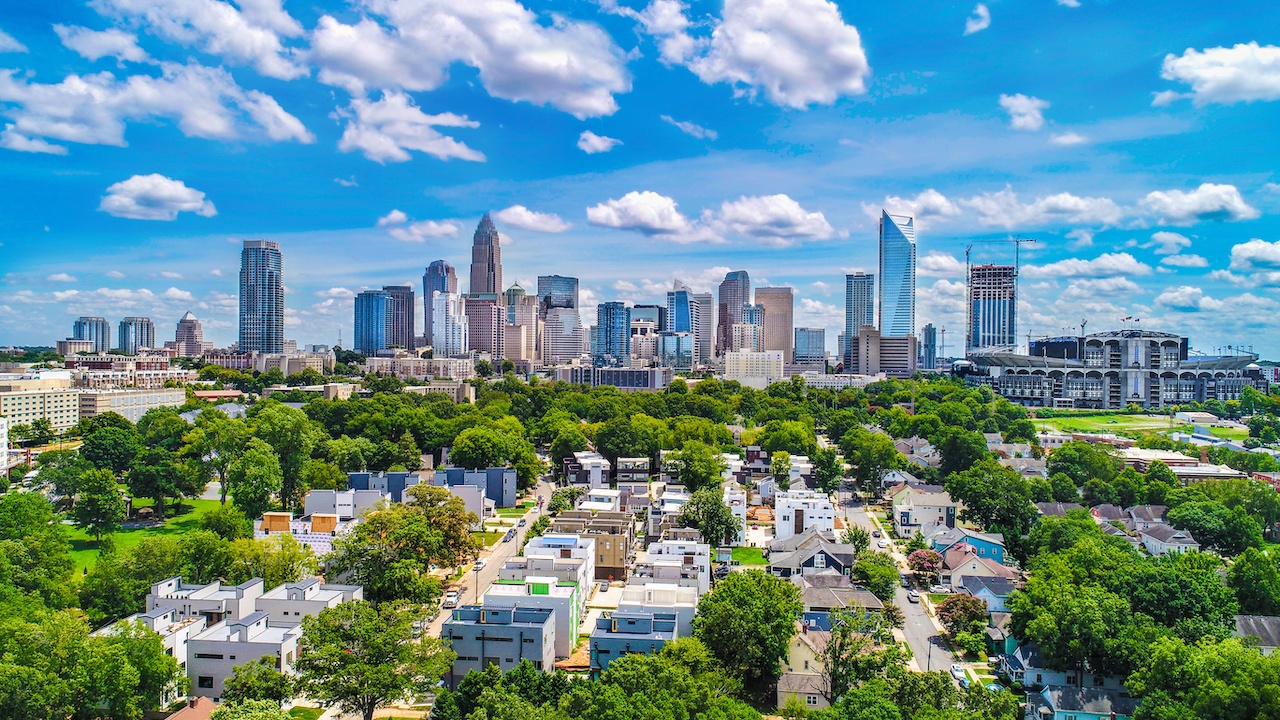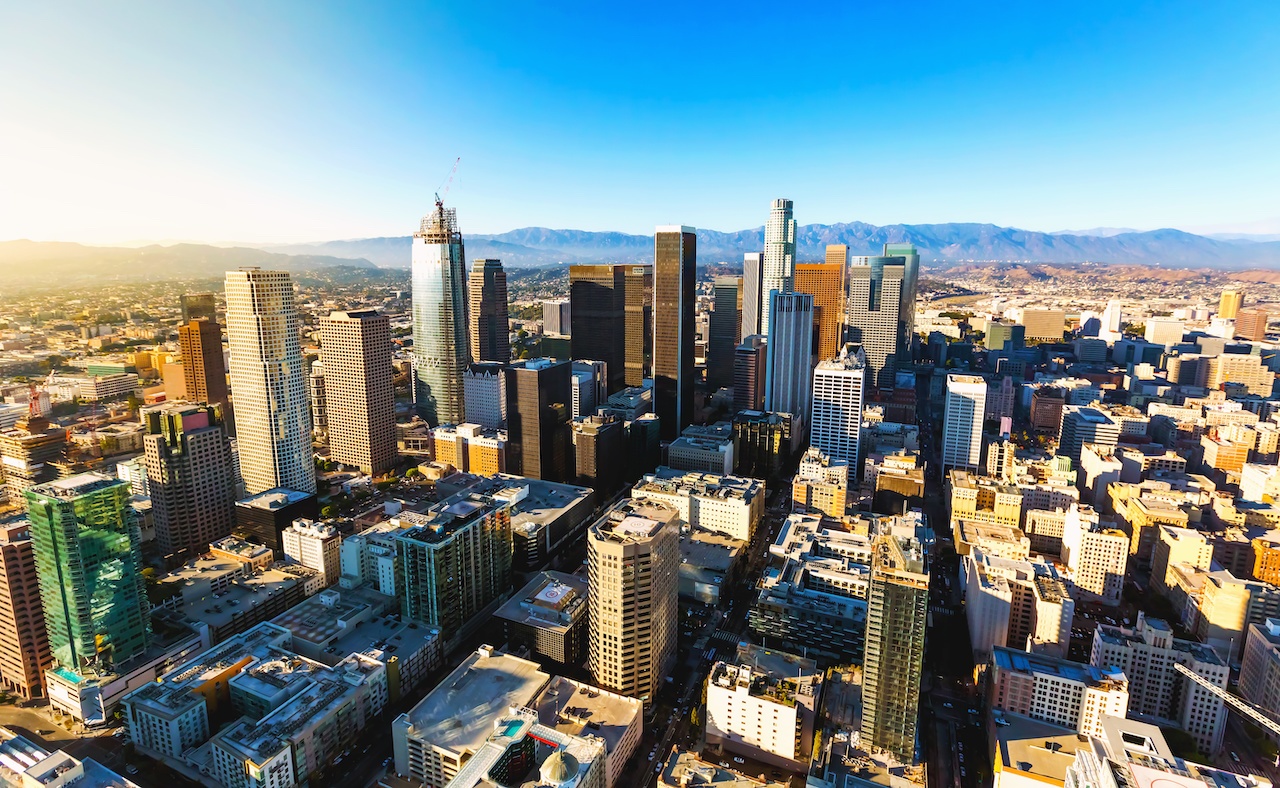Smart Cities
5 Ways to Improve the Delivery of Road Projects
A study of more than 20 national and sub-national road-infrastructure delivery systems across the world was undertaken, to uncover root causes and improvement pathways. In consultation with leading industry experts, we developed a diagnostic for the full infrastructure delivery system across five key areas.
Downtown Revitalization Efforts Create a Market for Contractors
A recent study by the International Downtown Association reports that vibrant downtowns contain around 3% of citywide land, but contain 14% of all citywide retail and food and beverage businesses, and 35% of all hotel rooms. This results in $53 million in sales tax per square mile, compared to the citywide average of $5 million. Not to mention that downtown residential buildings also add to the tax base. In the 24 cities included in the study, residential growth in these downtowns outpaced the rest of the city by 400% between 2010 and 2016.
Partnerships between city officials and contractors result in new and visionary downtown destinations. Along with large vertical construction projects, there are opportunities for countless other projects, including parking structures, enhanced Wi-Fi, landscaping, pedestrian and biking paths, and traffic improvements.
The Future of Cities
Ordered city geometry that is built today is meaningless for energy cycles. Resilient networks contain inherent diversity and redundancy, with optimal cooperation among their subsystems, yet they avoid optimization (maximum efficiency) for any single process. They require continuous input of energy in order to function, with energy cycles running simultaneously on many different scales.
Short-term urban fixes only wish to perpetuate the extractive model of cities, not to correct its underlying long-term fragility!
Rethinking Public Input for More Equitable Results
Public meeting-driven community engagement doesn’t produce equitable outcomes for communities. To get to an inclusive, fair outcome, the development & planning communities need to get more representative feedback from community members.
How L.A. is Working Its Way to Zero Emissions
By addressing a variety of factors that add to pollution, cities can take a more comprehensive approach to mitigating the effects of climate change. For example, Earthjustice worked with the Los Angeles Electric Truck and Bus Coalition to convince Mayor Garcetti and the regional transit authority to commit to 100% zero-emission buses by 2030. The campaign brought together environmentalists, bus riders, and good job advocates who see the potential of an electrified future to clean the air, create high-quality jobs, and combat the threat of climate change.
Economic & Political Implications of Vehicle Efficiency Standards
The two most important points of the 2018 SAFE Vehicles Rule proposed (or preferred) alternative include: a cap on greenhouse gas emissions (GHG) and fuel economy requirements for passenger vehicles at 2020 standard (35.5 mpg) through MY 2026, and; a revocation of the California waiver to the 1975 Clean Air Act. Recently, EPA indicated they are considering “tweaking” the preferred GHG proposal, but appear to be committed to the revocation of the waiver for California—an action that will likely lead to a drawn-out legal battle between the administration and California.
From Waste to Wealth: Developing & Financing an Urban Wood Economy, Part 2
Fortifying the urban wood economy in Baltimore and replicating success in other cities becomes easier with a national partner who is willing to buy wood from multiple locations and has a national level impact. One of the ways that we have begun scaling is through a partnership with Room & Board, a modern furniture and home decor retailer committed to sustainable practices and American craftsmanship. The company was intrigued by the story of the deconstructed wood and the social and environmental good it was enabling.
Access to capital is another critical component to scaling and replicating the urban wood economy. Our work has explored social impact investing through a partnership with Quantified Ventures. A popular form of social impact investing is called pay-for-success financing.
Carbon+Credits for Our City Forests
A large group of stakeholders in Austin worked together to make their city forest carbon program a reality. The City Office of Sustainability, the urban forest staff, the Department of Watersheds, the Climate Program Manager, and the local non-profit tree organization, TreeFolks, have begun a multi-year program to plant hundreds of miles of streams and rivers in the central Texas area. Their focus is on water quality, storm water reductions, flood control, carbon storage, and climate mitigation.
From Waste to Wealth: Developing & Financing an Urban Wood Economy, Part 1
Post-industrial cities face a suite of interconnected problems. Reusing urban wood can be viewed as a systems solution to a complex problem – a means by which to begin to renew and revitalize lives and communities as well.
Building a Circular Economy in Charlotte
As the circular economy grows in Charlotte, our dependence on foreign imports would decrease and one area to benefit is local food production. From growing locally both traditionally and through aquaponics/hydroponics to the reuse of organic waste – this opportunity has the possibility of transforming the food culture in Charlotte to a more sustainable, healthy, and accessible system.


